How to Rank a New Website in One Week? You have just crafted a brilliantly designed website. You have poured all of your technical skills and creativity into it, adding every possible feature. Well done, my friend! Your website is now up and running, and you thought to yourself, “Let’s check Google to see how it ranks in the search results.”
Then, silence.
You’re certainly not the only one experiencing this. One common issue that many webmasters encounter when they launch a new website is that it doesn’t appear right away on the top search engine results pages for important keywords.
But don’t worry, as today we will explore what actions you can take to quickly have your new site appear on the first pages of major search engines, possibly within a week or even sooner. Let’s begin with the first aspect you need to verify if your website hasn’t been indexed.
FIRST PRIORITY, ELIMINATE OBSTRUCTIONS
If your website has yet to be indexed by search engines, it might indicate that certain aspects are preventing the search engines from displaying or indexing your site.
For instance, Robots.txt files can prevent search bots from accessing websites. If you or your developer overlooked removing the Robots.txt file after your website’s construction, you will have to go back and adjust it to permit the search engine spiders to crawl your site appropriately.
Also Read
Google Search Console includes a Robots.txt tester. If you are uncertain whether your website is hindering crawlers, this tool can help you verify if the Robots.txt file is set correctly to allow proper crawling of your site.
Another common scenario is if you are utilizing WordPress. There is an option in the WordPress dashboard that, when activated, inhibits search engines from displaying your site. Simply navigate to Settings >> Reading on the WordPress dashboard to uncheck the Search Engine Visibility box that states “Discourage search engines from indexing this site.”
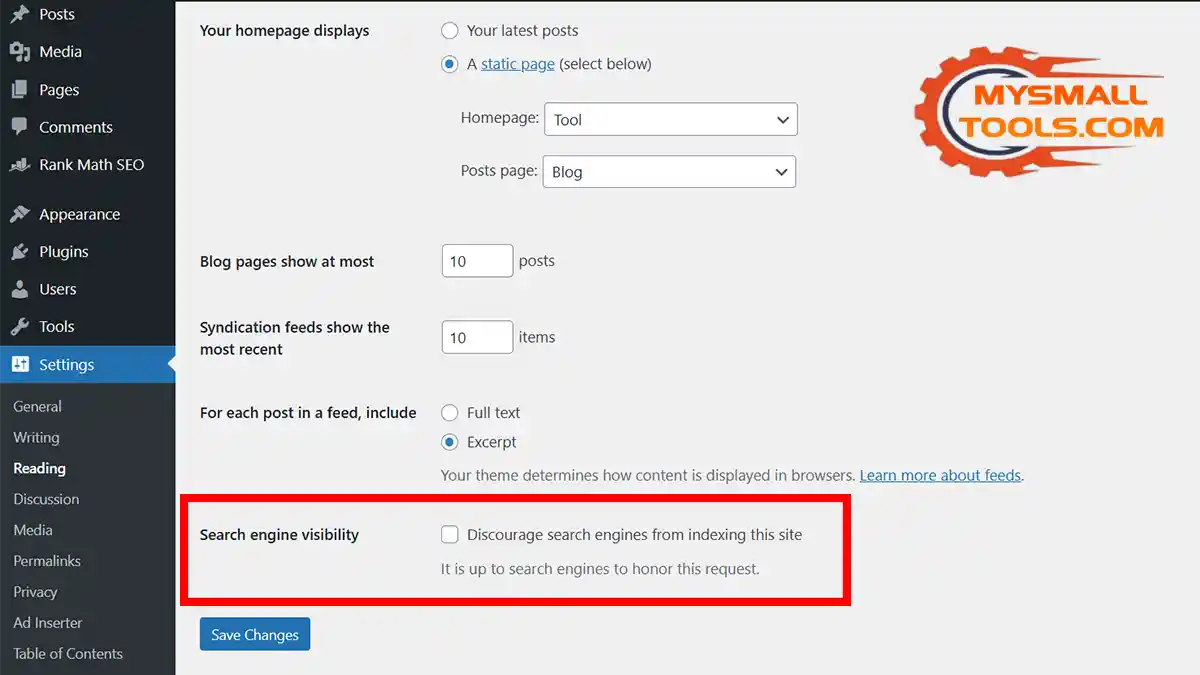
Other components, including flash and frame code that aren’t friendly to search engines, may also hinder crawler activity.
By getting rid of these barriers, search engines will find it easier to index your site for rankings. After addressing this, the next step would be to configure your site for improved positioning on search engines. There are three essential actions that you should take to make this happen:
SETTING UP YOUR NEW WEBSITE FOR TOP RANKING
Here are three crucial steps to elevate your site from beginner to impressive.
1. ENSURE ALL TECHNICAL ASPECTS ARE ADDRESSED
A newly launched website cannot achieve high rankings without proper technical optimization. This critical foundation is essential for effective search engine optimization, without which your other SEO activities will be less effective.
To illustrate this point, visualize a stunning car with an attractive design and appealing features, but poor mechanical performance (engine, acceleration, brakes, etc.). Regardless of how appealing the car’s appearance is, it remains unusable on the road. The same principle applies to SEO. Without a strong technical SEO foundation, your site cannot appear on search engine results pages, even if the content is exceptional and the design is superb.
Technical SEO refers to the components of SEO that focus on optimizations from the server side. It ensures all “technical aspects” necessary for proper crawling and indexing by search engine robots are fulfilled.
The various components of technical SEO encompass:
- Structured data (or Schema.org markup)
- XML sitemap
- Website structure
- Semantic HTML markup (like H1, H2, H3, etc.)
- Mobile responsiveness
- Eradicating duplicate content
- Improving site speed
- Canonicalization
- Redirects
- Ease of access and site navigation
- Eliminating error pages or broken links
- Well-structured URLs
- Meta tags
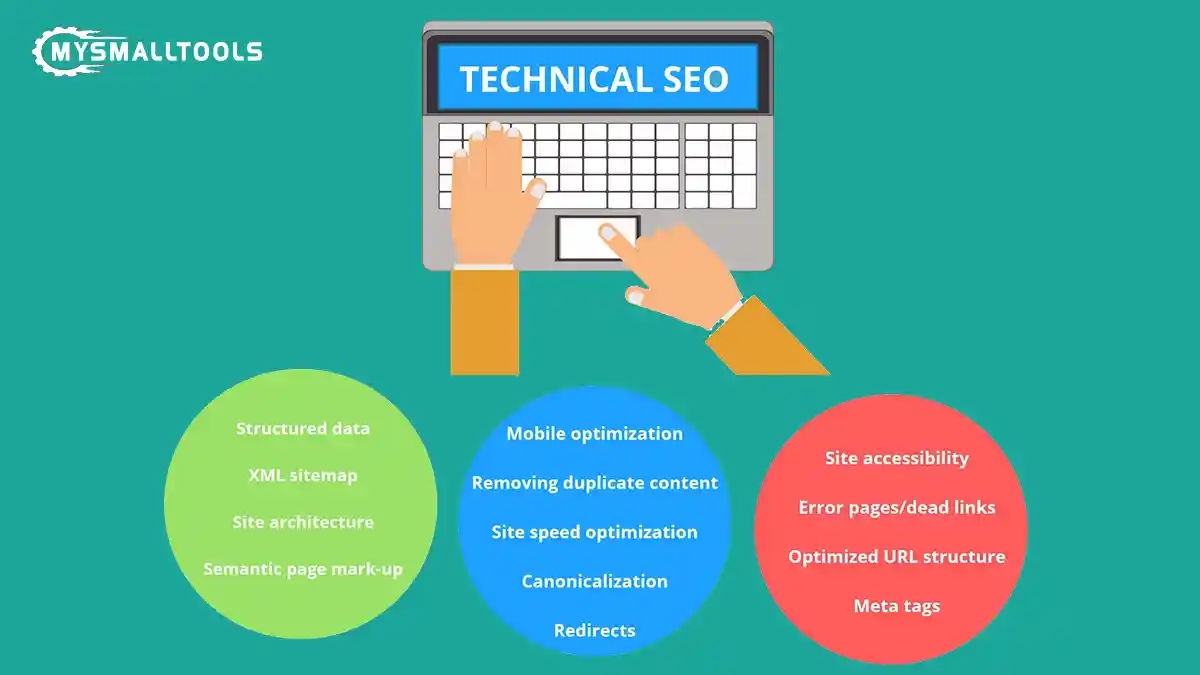
Enhancing these technical elements aids search engines in better crawling and interpreting your site, improves its speed and user-friendliness, and elevates the overall user experience. By executing this effectively, your new site could potentially achieve greater rankings and even feature in rich snippets.
2. ABSORB SOME LINK JUICE
In the realm of SEO, there are fundamentally two categories of links: nofollow and dofollow links. Nofollow links are those that carry a rel=”nofollow” HTML attribute, where “rel” stands for “relationship.” This attribute instructs search engines to refrain from following the links on that particular page or from tracking a specific link. Such links have no influence on rankings since they do not transmit PageRank.
In contrast, dofollow links enable search engine crawlers to pursue them. In essence, this means the search bots can continue crawling to additional pages discovered through the links present on a webpage. NOTE: By default, links are dofollow unless they are specifically altered to be nofollow, either manually or automatically.
Dofollow links transmit what is known in the SEO community as “link juice.”
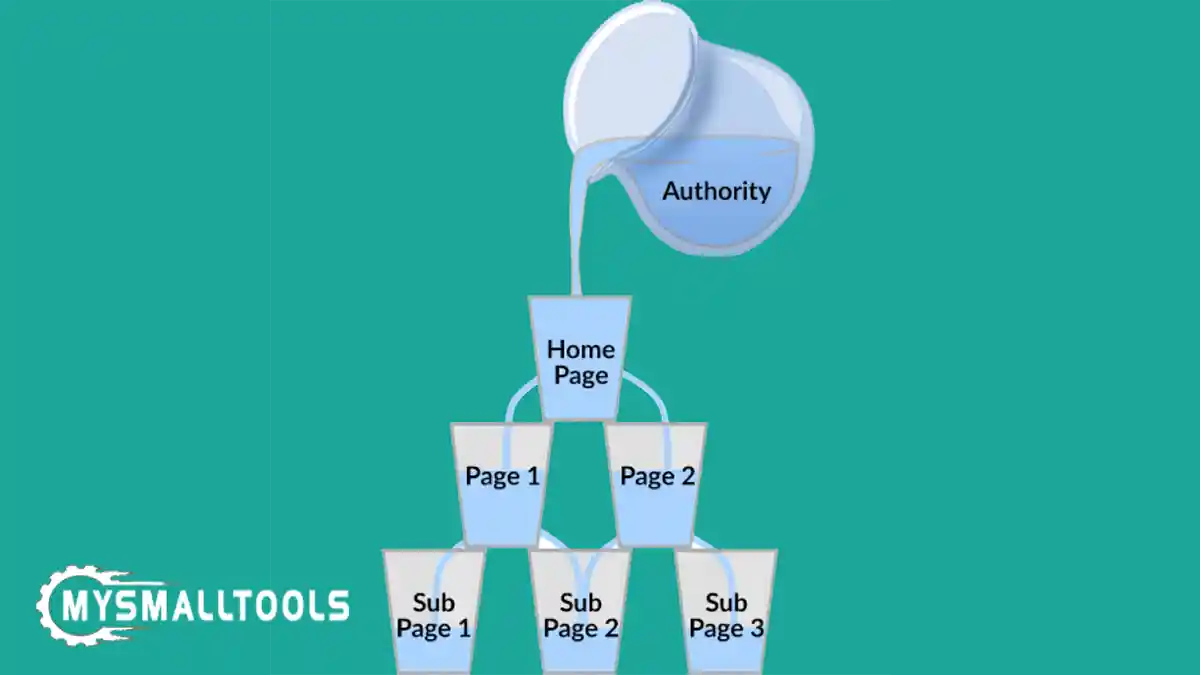
Link juice refers to the value or authority transferred from one page or site to another via hyperlinks. Search engines interpret links as endorsements from other parties, suggesting that your page holds value and is deserving of promotion.
And here’s the truth:
The fastest method for a search engine to find a new site or webpage is by using a DOFOLLOW link. In other words, if you want your fresh website to be noticed and listed by search engines, it’s essential to create dofollow links from reputable sites back to your own so that search engines can trace them and uncover your new creation. You essentially need to connect your site to high-ranking WEBSITES to gain some visibility.
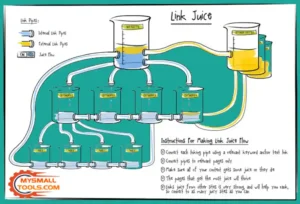
By doing so, search engines will quickly identify and list your website. The following step will be to ensure that you are not just listed but also appear on the top search pages. You can achieve this by producing content that is worthy of ranking well.
3. PRODUCE CONTENT THAT IS RANK-WORTHY
As mentioned in one of our earlier articles, not all content is created equal. Certain types are more effective at achieving higher rankings than others. Once you have successfully attracted search engines to find and list your new website, your task becomes creating content pieces that will help your pages rank highly for the keywords you prioritize. This approach ensures that your new website not only enters Google’s collection of sites but also stands out from competitors. Which types of content perform well? For an in-depth answer, see our earlier post (link above), but here’s a quick list of some examples:
- How-to articles
- List articles
- Comprehensive guides
Additionally, it’s crucial that your content is of exceptional quality, relevant to the interests of searchers, and highly useful. Avoid posting low-quality, 300-word articles and expecting significant outcomes. Instead, focus on creating long, thorough articles that provide real value to the audience.
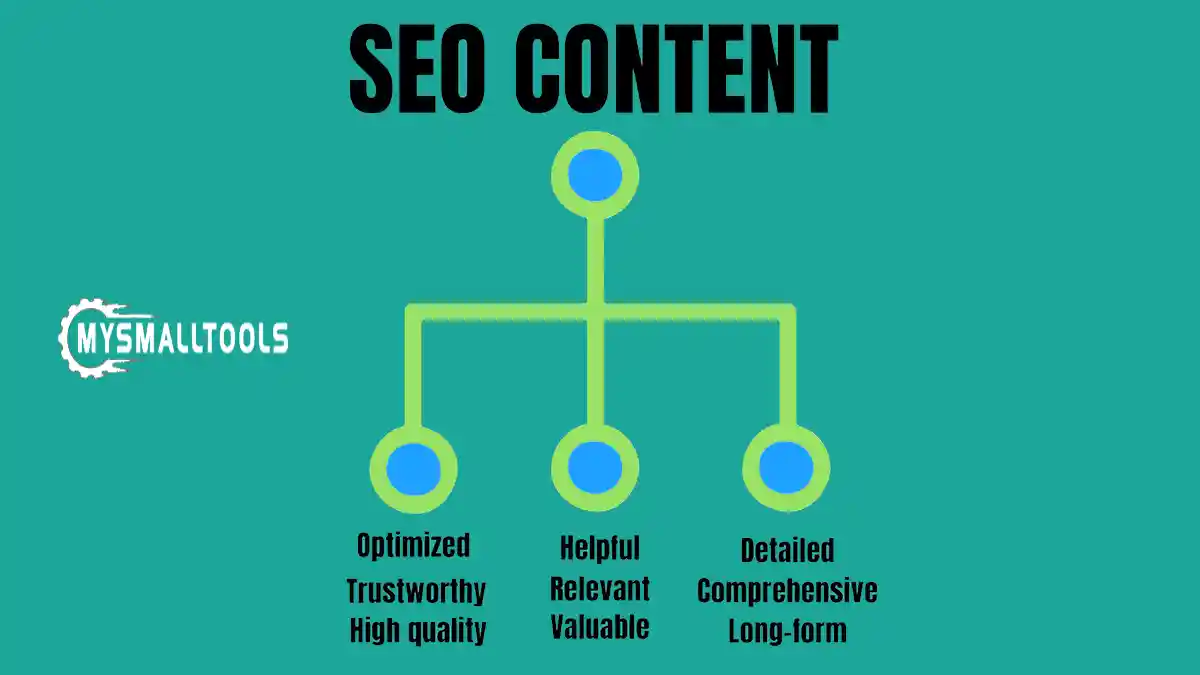
Also, remember to optimize every piece of content for first-page visibility. You’ll want to implement strategies such as:
- Conducting keyword research
- Placing keywords strategically (in titles, subtitles, main text, image alt text, etc.)
- Incorporating latent semantic indexing (LSI) keywords
- Creating internal links
- Including well-crafted, highly-optimized meta descriptions and additional meta tags
- Optimizing images (through compression and tagging)
- And more.
FINAL THOUGHTS
Achieving a good ranking for a new website can be straightforward. Once you’ve eliminated potential barriers and applied the three strategies we’ve suggested, your site will start to rank on its own within a week or less. There’s no need to pay someone to list it on Google, no need to toggle advanced settings on Google Search Console, and no need to reach out to Google regarding your new site. Furthermore, we offer a revolutionary set of SEO tools that can elevate any site from obscurity to the first page. Our tools are incredibly user-friendly and completely free!


